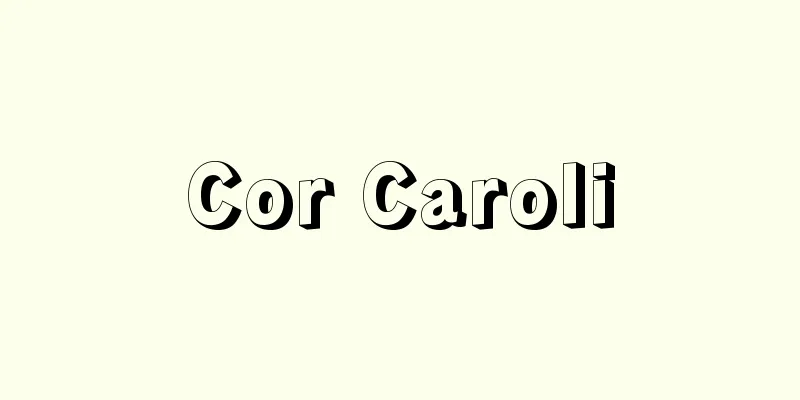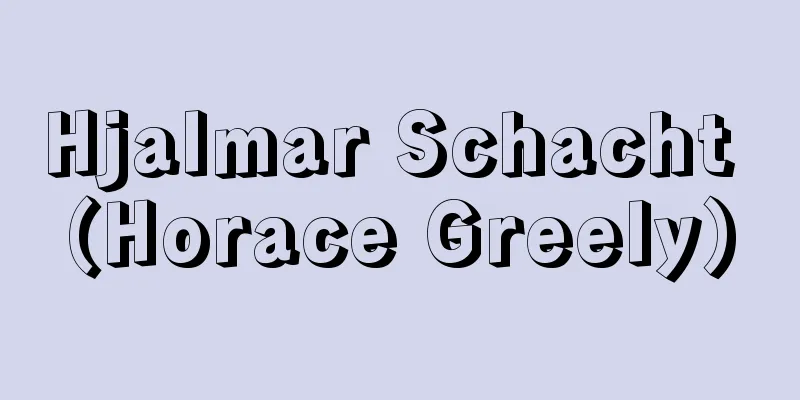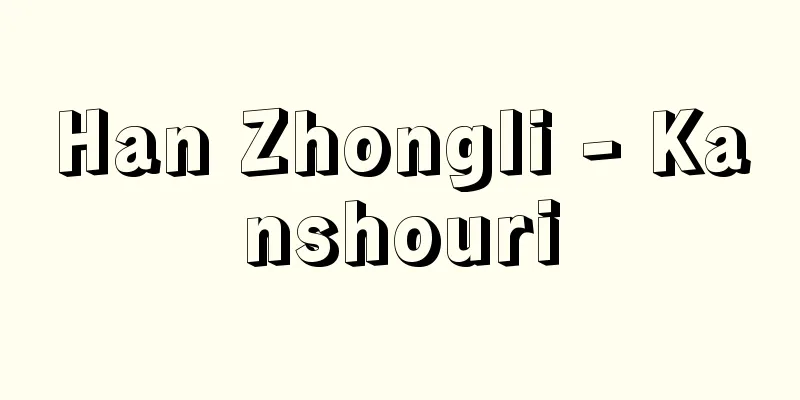Bunsen-Roscoe's law

|
This law states that the amount of a substance that undergoes a photochemical reaction is proportional to the intensity of light absorbed by the substance and the duration of exposure. A qualitative statement that only light absorbed by a substance can cause a photochemical reaction was presented by T. Gross in 1820 and J. Draper in 1845, but in 1857 German chemists R. Bunsen and H. Roscoe discovered a quantitative version. Source: Encyclopaedia Britannica Concise Encyclopedia About Encyclopaedia Britannica Concise Encyclopedia Information |
|
光化学反応を起す物質の量は,物質に吸収された光の強さと照射時間に比例するという法則。 1820年に T.グロッス,45年に J.ドレーパーによって,物質に吸収された光のみが光化学反応を起しうるという定性的表現が提示されていたが,57年ドイツの化学者 R.ブンゼンと H.ロスコーが定量的に見出した。
出典 ブリタニカ国際大百科事典 小項目事典ブリタニカ国際大百科事典 小項目事典について 情報 |
<<: Conflict - Funso (English spelling) conflict
>>: Fountain tower - Funsentou (English spelling) Sinter cone
Recommend
Wexford (English spelling)
It is the capital of the county of the same name, ...
Omi-Otsu Shrine
The palace of Emperor Tenchi. It is also called O...
Chemical exploration method
A method of prospecting for minerals. It involves ...
Lecturer - Koushi
〘 noun 〙 (A diversion of the old word " kouji...
Tyndall, John
Born: 2 August 1820, Lleyrinbridge, Carlow Died: D...
Ceratium hirundinella (English spelling) Ceratium hirundinella
...This species lives in plankton and is normally...
Co-defendant - co-defendant
In a criminal case, two or more defendants are tri...
Trayasthya Heaven
One of the heavens in the Buddhist worldview. Tra...
E (荏) - E
…It is an annual plant of the Lamiaceae family, a...
Okaribayaki - Okaribayaki
...Jibu-ni is known as a local dish in the Kanaza...
Seibou (blue bee) - Seibou
A general term for insects in the Hymenoptera fami...
huntsman
…The central figure was Hugo Meynell, the father ...
Amniotic fluid
Generally speaking, it is the physiological fluid...
Gwangju
It is the capital of Jeollanam-do, South Korea, an...
Otozaki
…It is included in the Genkai Quasi-National Park...









